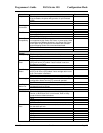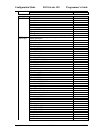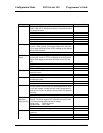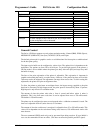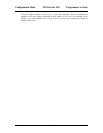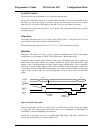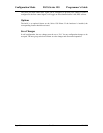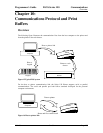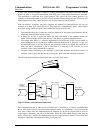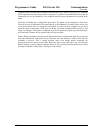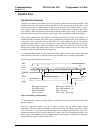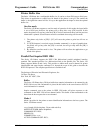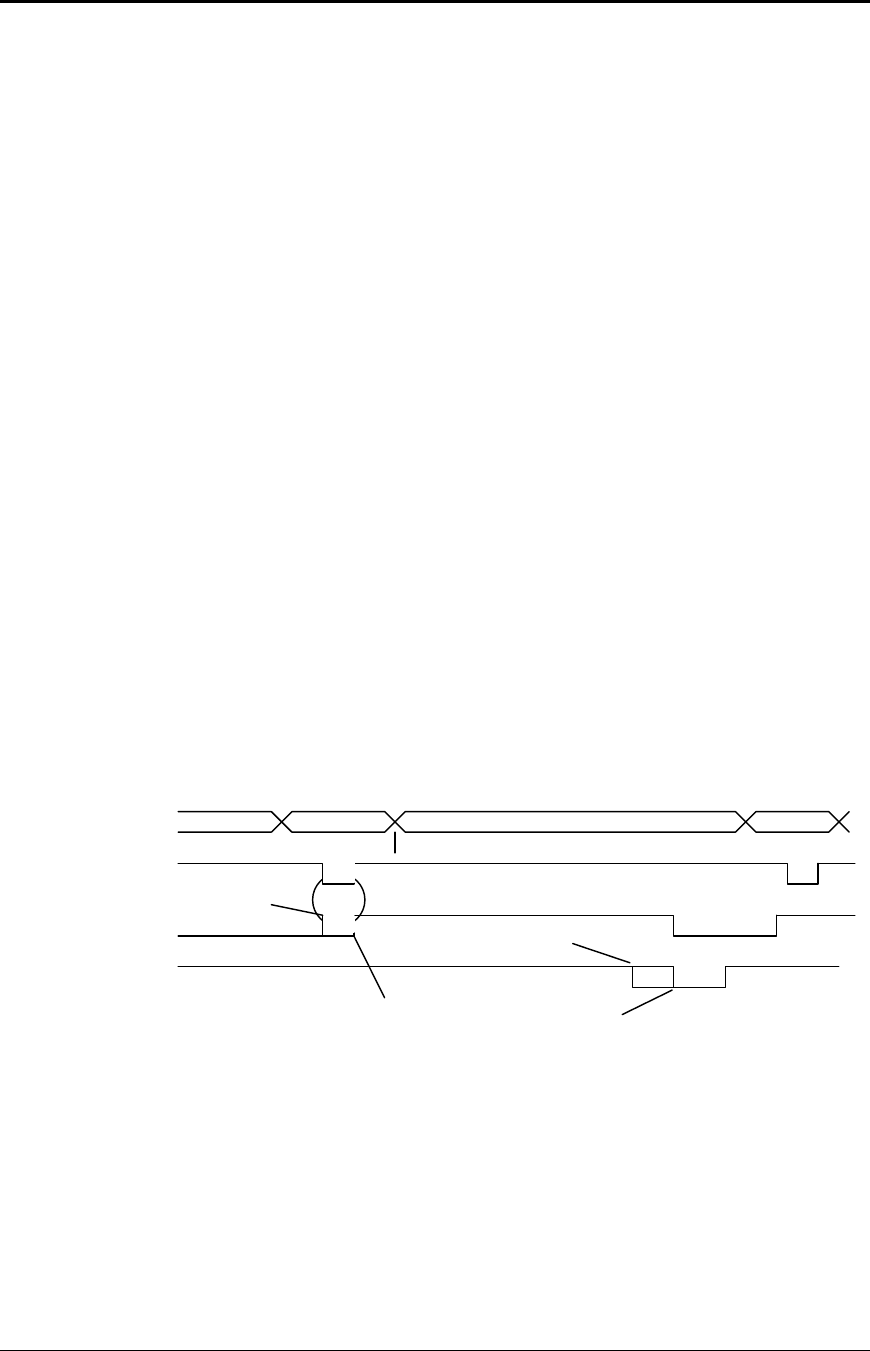
Programmer's Guide PcOS Series 150 Configuration Mode
12/14/99 Rev G Page 105
Vertical Control
The line spacing can be defaulted to six or eight lines per inch (lpi).
An auto line feed feature can be set as a default where all [CR]’s will have a [LF] added. If auto
line feed is set to on, this feature is activated. An auto line feed feature can be set as a default
where all [LF]’s will have a [CR] added. If auto CR is set to on, this feature is activated.
The default form length can be set from 3 to 17 inches. This configuration affects how the [FF]
command operates.
Character
The default print mode can be set to Draft, Utility, NLQ Courier, or NLQ Sans Serif. In most
cases, Draft or Utility mode will be the default selections.
The default print pitch can be set to 8, 10, 12, 15, 17.1, 20, or 24 characters per inch.
Interface
The Series 150 Printer has either a serial or parallel communications link. In the parallel
configuration, you can enable it as IEEE 1284, which allows a bidirectional mode.
The parallel option features define how the strobe, busy, and acknowledge signals operate. In
normal mode, the printer follows the standard (Centronics) parallel port conventions. With
Options 1 and 3, the acknowledge and busy signals change simultaneously. This is sometimes
referred to as Ack-after-Busy. Options 2 and 3 force busy high on the rising edge of strobe. This
is sometimes referred to Busy-while-Strobe timing. In all cases, the data is latched on the rising
edge of strobe. In most cases, the normal timing mode will give the best and most universal
results.
DATA
STROBE
BUSY
ACK
Pin 2-9
Pin 1
Pin 11
Pin 10
Data
Data
Options
1 and 3
Options
2 and 3
Normal
Normal
Figure 14 Parallel link options
The serial mode parity can be set to none, odd, or even. The serial bit format can be set to eight
or seven. The flow control protocol/serial link can be set to Ready/Busy or XON/XOFF. If
XON/XOFF is selected, Ready/Busy also functions.
The bit rate of the printer can be set to 19200, 9600, 4800, 2400, 1200, 600, or 300 bits per
second. The same bit rate is for both send and receive.



